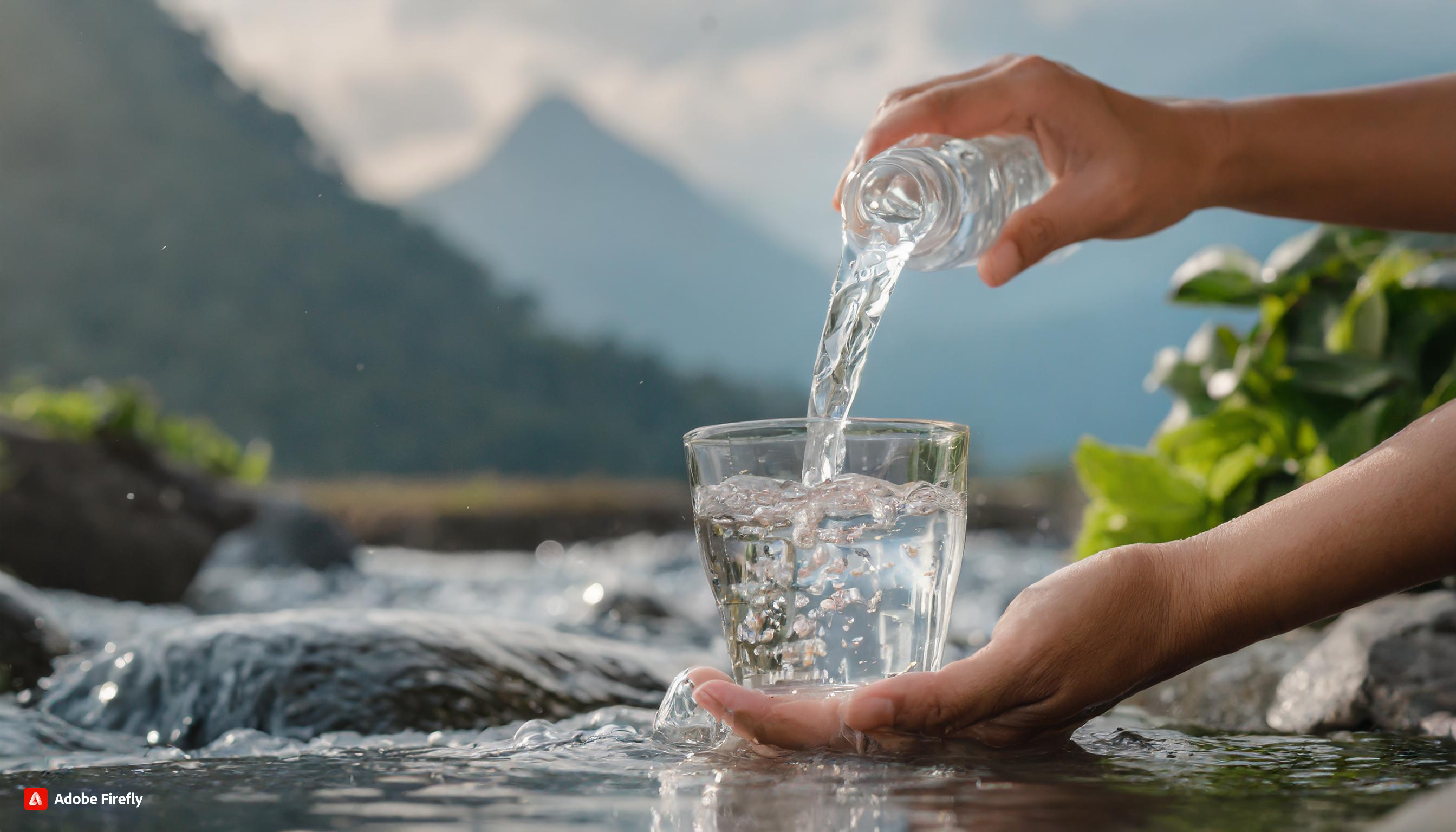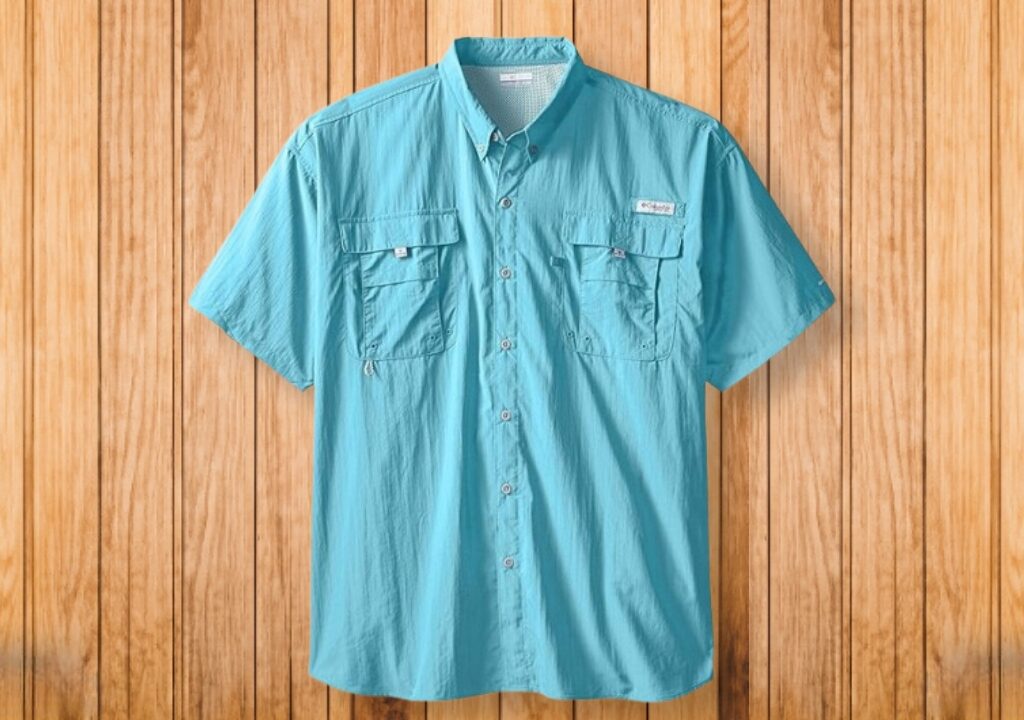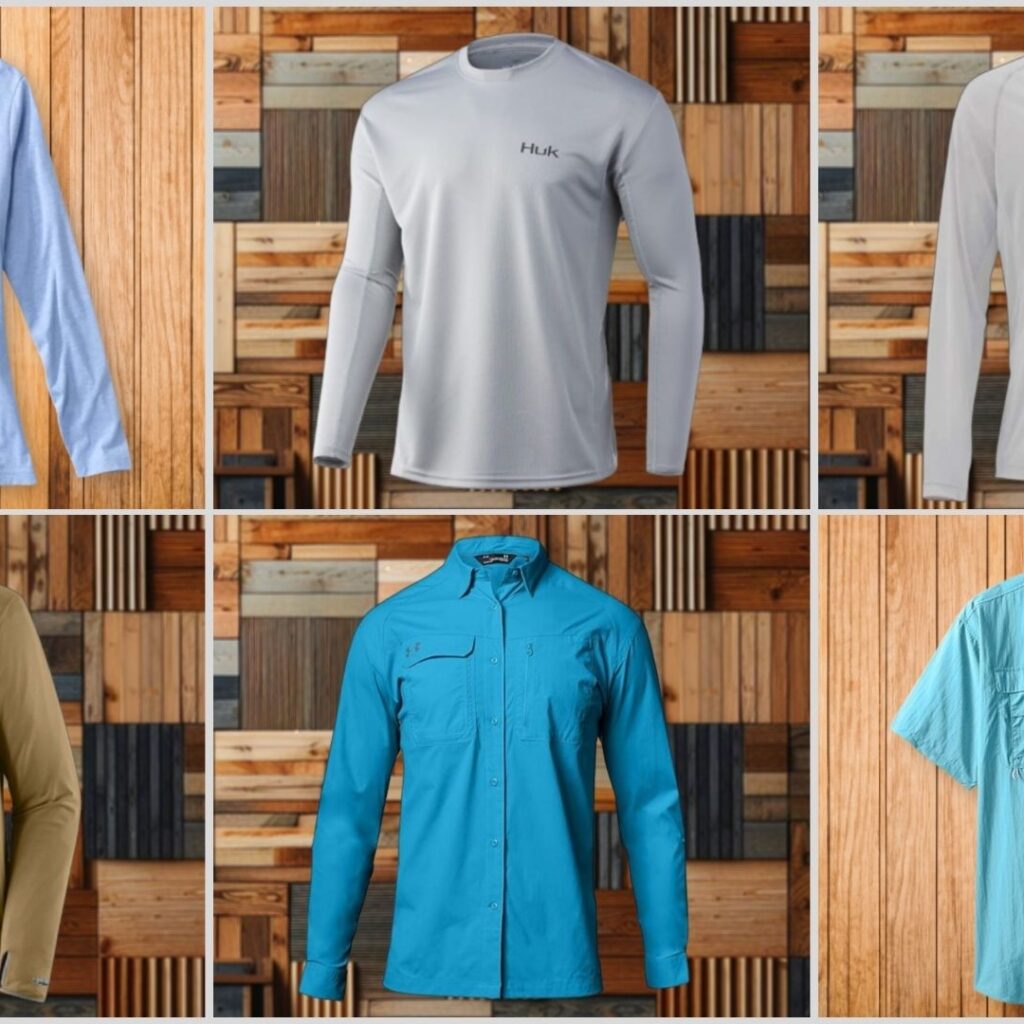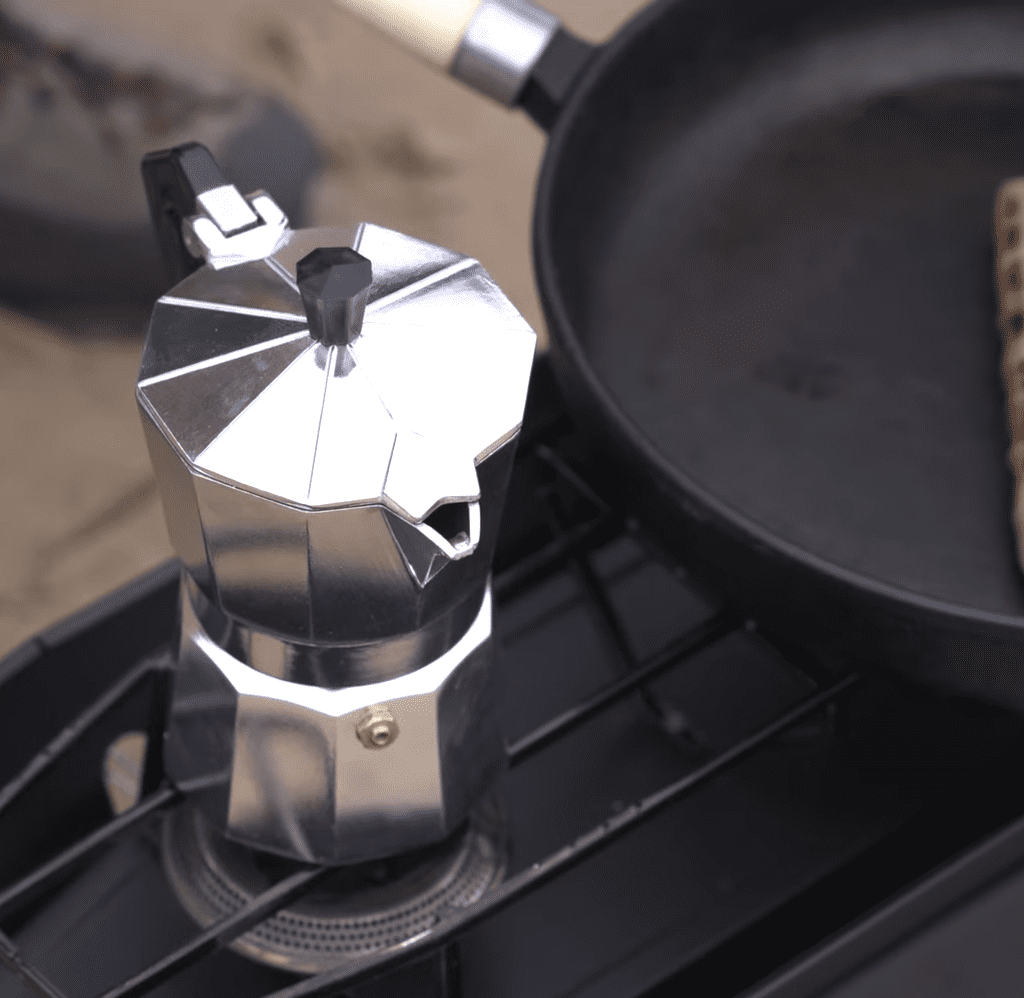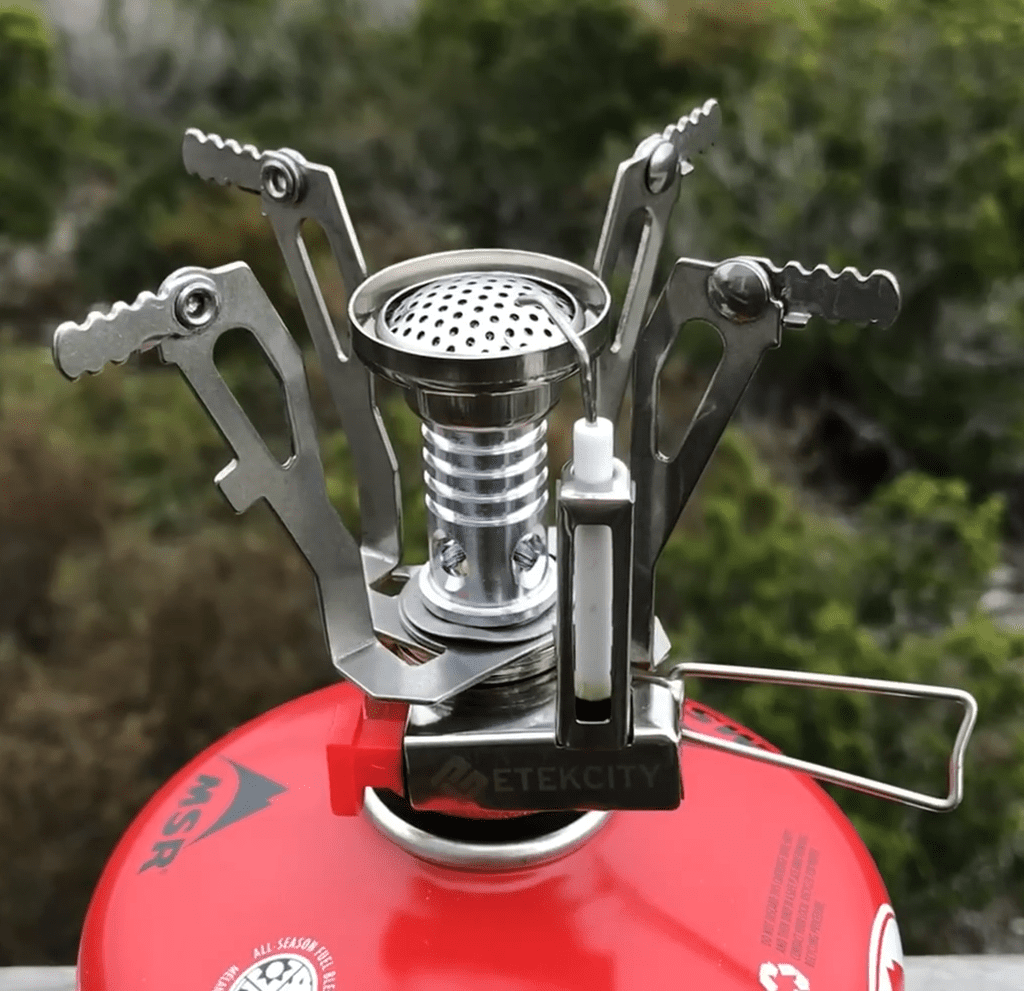Purify Water without Boiling
One of the most important things to consider is access to clean water. Whether you’re camping, hiking, or backpacking, having a reliable source of clean water is crucial for your health and well-being. While you may come across natural water sources such as rivers, lakes, or streams, it’s important to remember that these sources may not always be safe to drink from without proper filtration. Boiling water is a common method to purify it, but it may not always be practical while camping., there are other effective ways to ensure your water is safe to drink. In this article, we will explore alternative methods to purify water without boiling while camping.
1. Use Water Purification Tablets
There are various methods of purifying water in the great outdoors, one convenient and effective option is using water purification tablets.

What are Water Purification Tablets?
Water purification tablets are small, portable, and easy-to-use tablets that are designed to kill bacteria, viruses, and other harmful microorganisms present in untreated water. These tablets typically contain chemicals such as chlorine dioxide or iodine, which are known for their disinfecting properties. When added to water, these tablets release these chemicals, effectively purifying the water and making it safe for consumption.
Why Use Water Purification Tablets?
Using water purification tablets while camping offers several advantages:
- Convenience: Water purification tablets are lightweight and compact, making them easy to carry in your backpack or camping gear. They take up minimal space and can be stored in a small container or ziplock bag. This convenience allows you to have a reliable water purification method at your disposal wherever you go.
- Effectiveness: Water purification tablets are highly effective in killing a wide range of microorganisms, including bacteria, viruses, and protozoa. They can effectively eliminate common waterborne pathogens, such as E. coli and Giardia, which can cause serious illnesses if ingested. By using these tablets, you can have peace of mind knowing that you are consuming clean and safe water.
- Simplicity: Using water purification tablets is a straightforward process. Simply follow the instructions provided by the manufacturer, which typically involve dropping a tablet into a specific amount of water and allowing it to dissolve. After the recommended waiting time, the water is ready to drink. This simplicity makes it an ideal water purification method, especially for those who are new to camping or outdoor activities.
How to Use Water Purification Tablets
Using water purification tablets is a simple process that can be done in a few easy steps:
- Gather your supplies: Before using water purification tablets, make sure you have the necessary supplies. This includes clean water, a container to hold the water, and the water purification tablets themselves. Read the instructions provided by the manufacturer to determine the appropriate dosage for the amount of water you need to purify.
- Add the tablets to the water: Drop the required number of tablets into the water. The packaging should indicate the recommended dosage based on the volume of water you are treating. Ensure that the tablets are fully submerged and allow them to dissolve completely.
- Wait for the recommended time: After adding the tablets, it is important to wait for the recommended time before consuming the water. This waiting period allows the tablets to effectively kill any harmful microorganisms present in the water. The waiting time can vary depending on the brand and type of tablets, so be sure to check the instructions provided.
- Enjoy clean water: Once the waiting time is over, your water should be safe to drink. Take a moment to appreciate the fact that you now have access to clean water, even in the middle of the wilderness. Enjoy staying hydrated and refreshed during your camping adventure!
Additional Tips
Here are a few additional tips to keep in mind when using water purification tablets:
- Read the instructions: Always read and follow the instructions provided by the manufacturer. Each brand may have slightly different guidelines, so it’s important to understand how to properly use the tablets.
- Use clear water whenever possible: While water purification tablets can effectively kill microorganisms, they may not remove sediment or other particles from the water. Whenever possible, try to use clear water to ensure the best results.
- Carry extra tablets: It’s always a good idea to carry extra water purification tablets in case of emergencies or if you need to treat a larger volume of water. Having a backup supply ensures that you can always have access to clean water.
- Dispose of the packaging responsibly: After using the water purification tablets, make sure to dispose of the packaging properly. Follow any guidelines provided by the manufacturer, and if possible, recycle the packaging to minimize environmental impact.
By using water purification tablets while camping, you can ensure that you have access to clean and safe water wherever your outdoor adventures take you. Stay hydrated, stay healthy, and enjoy the beauty of nature without worrying about the quality of the water you consume.
2. Try Water Filters
Water filters are portable devices that remove impurities from water, making it safe to drink and water filters are a popular choice for purifying water while camping. These filters work by removing bacteria, protozoa, and some viruses from the water, providing you with clean and safe drinking water. Make sure to choose a filter that suits your needs and follow the manufacturer’s instructions for proper usage.


Types of Water Filters
There are different types of water filters available in the market that cater to different needs and preferences. Here are a few popular options:
- Pump Filters: Pump filters are manual devices that require you to pump water through a filter to remove contaminants. They are effective at removing bacteria, protozoa, and other impurities. These filters are durable and suitable for larger groups or extended camping trips.
- Gravity Filters: Gravity filters work by using the force of gravity to move water through a filter. They are easy to use and require no pumping or electricity. These filters are ideal for camping trips where you have a base camp and need a larger quantity of filtered water.
- Straw Filters: Straw filters are compact and lightweight. They allow you to drink directly from a water source by sucking the water through a built-in filter. These filters are convenient for solo backpackers or emergency situations.
- Bottle Filters: Bottle filters are designed to fit onto water bottles, allowing you to fill the bottle with water from any source and drink directly from it. These filters are portable and convenient for day hikes or short camping trips.
Benefits of Using Water Filters
Using water filters while camping offers several benefits:
- Safety: Water filters remove harmful bacteria, parasites, and other contaminants, ensuring that the water you drink is safe and free from waterborne diseases.
- Convenience: Water filters are portable and easy to use. They provide a convenient way to access clean water without the need for boiling or carrying heavy water bottles.
- Cost-effectiveness: Investing in a water filter can save you money in the long run. Instead of buying bottled water or relying on expensive purification tablets, you can simply filter water from natural sources.
- Environmental Impact: Using water filters reduces the need for single-use plastic bottles, which helps to minimize plastic waste and its impact on the environment.
Tips for Using Water Filters
Here are a few tips to make the most of your water filter while camping:
- Read the Instructions: Before using your water filter, carefully read the manufacturer’s instructions to ensure proper usage and maintenance.
- Filter Dirty Water: Water filters are designed to remove impurities from dirty water. However, it’s always a good idea to pre-filter water through a cloth or coffee filter to remove larger debris.
- Clean and Maintain: Regularly clean and maintain your water filter according to the manufacturer’s instructions. This will ensure its longevity and effectiveness.
- Carry Extra Filters: If you’re going on a longer camping trip, it’s a good idea to carry extra filters or filter cartridges as a backup.
Having access to clean water is essential for any camping adventure. Water filters provide a convenient and reliable way to ensure that the water you drink is safe and free from contaminants. Whether you choose a pump filter, gravity filter, straw filter, or bottle filter, investing in a water filter is a wise decision that will enhance your camping experience and keep you hydrated and healthy throughout your outdoor adventures.
3. Use Ultraviolet (UV) Light
UV water purification is a process that uses ultraviolet light to kill or inactivate microorganisms present in water. The UV light disrupts the DNA of these organisms, preventing them from reproducing and rendering them harmless. This method is widely used in water treatment plants and is now available in portable devices for camping and outdoor activities.
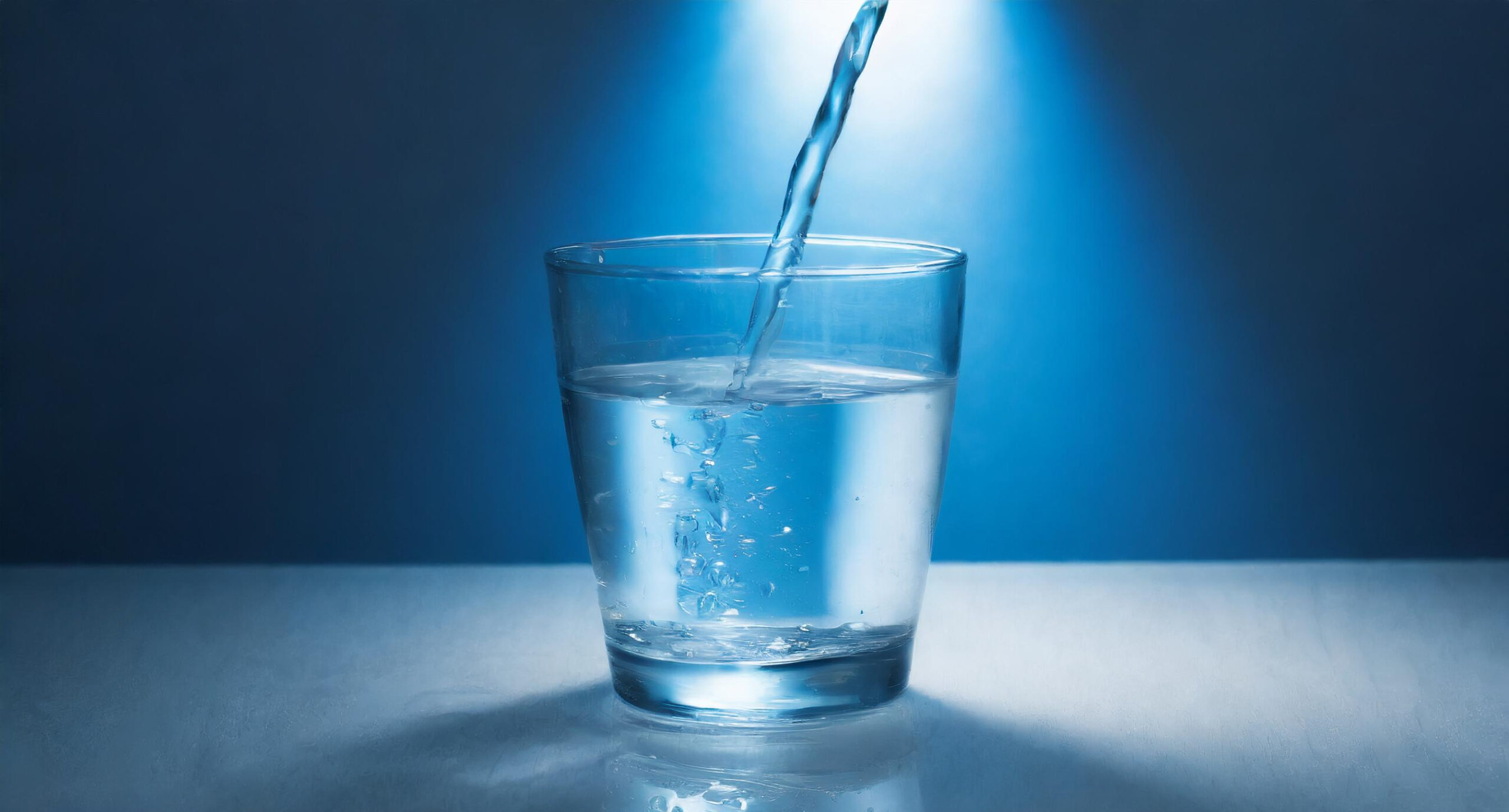

Advantages of UV Water Purification
There are several advantages to using UV water purification while camping:
- Effectiveness: UV light is highly effective in killing a wide range of microorganisms, including bacteria, viruses, and protozoa. It provides a reliable method to ensure the water you drink is safe.
- Convenience: UV water purifiers are compact and lightweight, making them easy to carry during camping trips. They are also quick to use, allowing you to have clean water in minutes.
- No Chemicals: Unlike other water purification methods, UV light does not require the use of chemicals such as chlorine or iodine. This means you won’t have to worry about any chemical taste or odor in your water.
- Long-lasting: UV water purifiers have a long lifespan and can be used for thousands of liters of water before needing a replacement. This makes them a cost-effective solution in the long run.
How to Use UV Light to Purify Water
Using UV light to purify water is a straightforward process. Here’s how you can do it:
- Pre-filter the water: Before using the UV purifier, it’s recommended to pre-filter the water to remove any large particles or sediment that may interfere with the purification process. You can use a cloth or a portable water filter for this purpose.
- Turn on the UV purifier: Follow the manufacturer’s instructions to turn on the UV purifier. Most devices have a simple on/off button or switch.
- Submerge the UV purifier: Place the UV purifier in the water, ensuring that the UV lamp is fully submerged. Some devices come with a sensor that automatically activates the purification process when submerged.
- Wait for the required time: UV purifiers usually require a specific amount of time to effectively treat the water. This can range from a few seconds to a few minutes, depending on the device. Refer to the manufacturer’s instructions for the recommended time.
- Enjoy clean water: Once the purification process is complete, you can safely drink the water. Remember to follow the manufacturer’s instructions regarding any additional steps, such as shaking the container or stirring the water.
Considerations and Limitations
While UV water purification is an effective method, it’s important to be aware of its limitations:
- Turbid water: UV light may not be effective in purifying water that is highly turbid or cloudy. In such cases, it’s recommended to pre-filter the water or use an alternative purification method.
- Battery life: UV purifiers require batteries to operate. Make sure you have spare batteries or a way to recharge them to ensure uninterrupted use during your camping trip.
- Water sources: UV purification is suitable for clear, running water sources such as rivers, streams, and lakes. It may not be suitable for stagnant water or water sources known to be contaminated with chemicals.
Using UV light to purify water provides a convenient and effective method to ensure the water you drink is safe. With its compact size and ease of use, a UV water purifier is a valuable addition to your camping gear. Just remember to follow the manufacturer’s instructions and consider any limitations when choosing this method for water purification.
(i)Be Mindful
Regardless of the method you choose, it is important to be mindful of the water source you are using. Avoid collecting water from stagnant ponds, puddles, or areas close to human or animal waste. Instead, opt for running water sources such as streams or rivers. Always filter or purify the water, even if it looks clean, to eliminate any potential risks.
Remember, having access to clean water is crucial for your health and well-being while camping. By using these alternative methods to purify water without boiling, you can ensure a safe and enjoyable camping experience.

